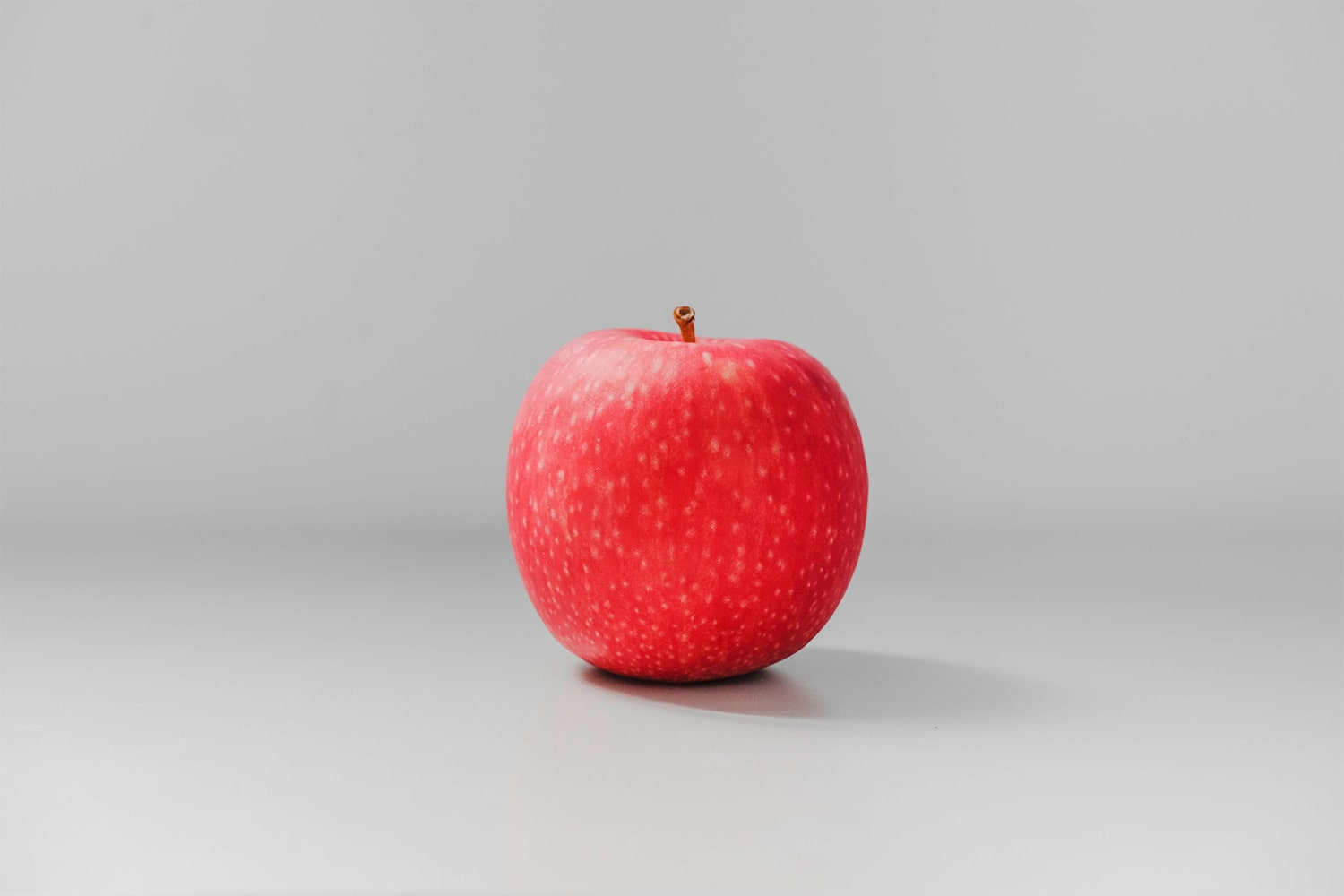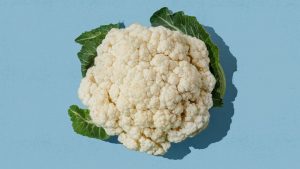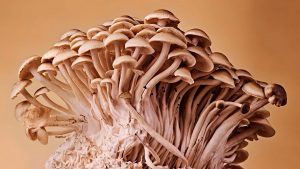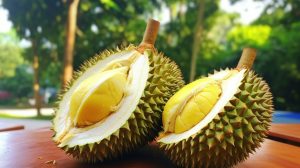
35 interesting facts about apple
- 👁️ 1379
Apples, the quintessential fruit, are beloved around the globe for their crisp texture, sweet-tart flavor, and remarkable versatility. Not only do they hold a pivotal place in myths and legends, from the Garden of Eden to the inspiration for Isaac Newton’s theory of gravity, but they also boast a fascinating history and a plethora of varieties that cater to every taste. Beyond their cultural significance, apples are packed with nutrients, making them a staple for a healthy diet. Whether eaten fresh, baked in pies, or fermented into cider, apples have permeated every aspect of culinary traditions and continue to enchant us with their simplicity and depth. Let’s explore some interesting and informative facts about apples that highlight their significance, diversity, and the roles they play in our lives and ecosystems.
- There are over 7,500 varieties of apples grown worldwide, each with its unique flavor, color, and texture.
- Apples are a member of the rose family, closely related to pears, peaches, and cherries.
- The apple tree originated in Central Asia, where its wild ancestor, Malus sieversii, is still found today.
- China is the leading producer of apples, contributing to almost half of the global apple production.
- Apples were brought to North America by European colonists in the 17th century.
- The science of apple growing is called pomology.
- A medium-sized apple contains about 95 calories and is a good source of fiber and vitamin C.
- Apples are made of 25% air, which is why they float in water.
- The largest apple ever picked weighed 1.85 kg (4 pounds and 1 ounce), recorded in 2005 in Hirosaki, Japan.
- “Johnny Appleseed” was a real person named John Chapman, who introduced apple trees to large parts of the U.S. in the early 19th century.
- The only apple native to North America is the crabapple.
- It takes about 36 apples to create one gallon of apple cider.
- The apple is the state fruit of six U.S. states: Washington, New York, Rhode Island, Minnesota, Vermont, and West Virginia.
- Apples have a long shelf life; they can last up to 10 months if stored properly in a cool, humid environment.
- The term “apple of my eye” originates from the Old English word for apple, “æppel,” used to denote something cherished.
- Apples are ripened by ethylene gas, which they naturally produce.
- Honeycrisp apples were specifically bred for their taste and texture at the University of Minnesota.
- Golden Delicious is considered an all-purpose apple because it’s great for eating fresh, baking, and making sauces or salads.
- Granny Smith apples originated in Australia in 1868, discovered by Maria Ann Smith.
- The Red Delicious apple, once America’s favorite, has declined in popularity due to its mild flavor and mealy texture.
- Archaeologists have found evidence of humans eating apples as far back as 6500 B.C.
- The saying “An apple a day keeps the doctor away” originates from a 19th-century Welsh proverb.
- Apple seeds contain a small amount of cyanide, but a large quantity would need to be ingested to have harmful effects.
- The Braeburn apple is named after the farm in New Zealand where it was first cultivated in the 1950s.
- Apples play a significant role in many cultures’ mythologies and religions, often symbolizing knowledge, immortality, temptation, and the fall of man.
- Some apple varieties, like the Fuji, are the result of crossbreeding between two different types of apples.
- The apple genome was fully sequenced in 2010, revealing that the apple has about 57,000 genes.
- Isaac Newton is said to have conceived the theory of gravity after watching an apple fall from a tree.
- In Norse mythology, apples are considered the source of eternal youthfulness.
- Apples can be used as a natural sweetener in recipes, reducing the need for added sugar.
- The earliest mention of apple cultivation dates back to Alexander the Great, who found dwarfed apples in Kazakhstan in 328 B.C.
- Apples were historically used as a form of currency in ancient Rome.
- Cooking apples, like Bramley’s Seedling, are more acidic and hold their shape well when cooked, making them perfect for pies and tarts.
- The flower of the apple tree contains five petals, symbolizing the pentagram, which is associated with the goddess of love, Venus.
- The tradition of bobbing for apples at Halloween is thought to have originated from the Roman festival of Pomona, the goddess of fruit trees.
Apples continue to enchant us with their delicious flavors, health benefits, and deep-rooted presence in history and culture. From ancient myths to modern kitchens, they remain a symbol of growth, renewal, and temptation. With thousands of varieties to choose from, each with its own story, the humble apple is a testament to nature’s diversity and creativity. Whether you’re enjoying a crisp, fresh apple or a warm apple pie, you’re partaking in a tradition that spans millennia, connecting us to generations past and to the very earth itself.











